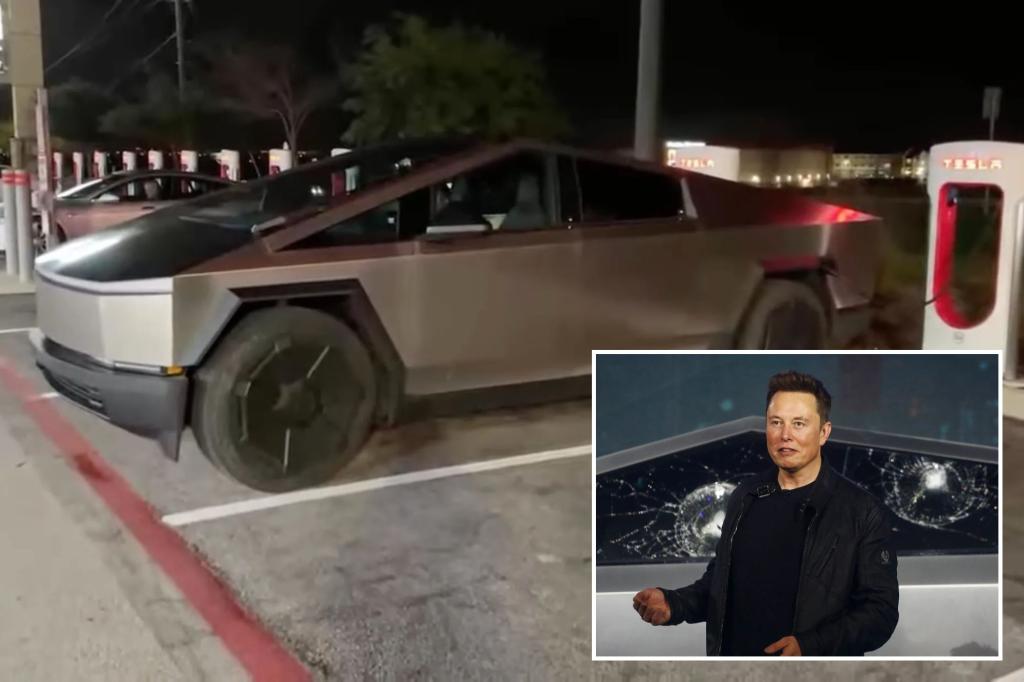Tesla Cybertruck gets less than 80% of advertised range in YouTuber’s test::A YouTuber took Tesla’s Cybertruck on a ride to see if it can actually hit its advertised 320-mile range, only to find out that its could only reach 79% of the target. When YouTuber Kyle Conn…



Idle losses are real but not very substantial in a modern engine compared to the bigger factor you’re missing which is that in city driving tests there is a lot of speeding up and slowing down, ICE vehicles throw away all the energy used to slow down as heat in the brakes which makes city cycles particularly inefficient while an EV captures that energy through regenerative braking, dramatically reducing the net cost of those momentum changes.
Removed by mod
This is just not true. Regenerative braking is much more efficient than that.
I’m not sure where that number came from but according to Wikipedia the conversion from momentum to electricity loses 10-20% and the conversion from electricity to battery storage is another 10-20% leaving a theoretical recovery at 60-70%. In real world tests, Teslas recovered 20-32% range with regenerative braking, a far cry from 2-5% you cite. https://electrek.co/2018/04/24/regenerative-braking-how-it-works/
Ah, good point, the speed changes for ICE results in lots of energy wasted as heat instead of being recaptured. That would certainly be the largest loss for an ICE in the city cycle.